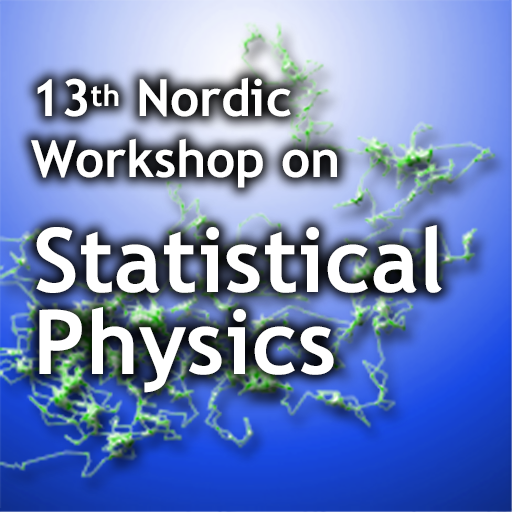Speaker
Description
Complex chaotic systems exhibit a non trivial internal variability with a power spectrum typically characterised by resonant broad peaks standing out on a continuous background of frequencies. These resonances correspond to nonlinear excitable modes of the evolution of the system that can be generally attributed to long lasting persistent events, weakly damped instabilities or to critical settings where the chaotic attractor is approaching a crisis. Such nonlinear oscillations manifest themselves as a decaying oscillatory behaviour in correlation functions of suitable observables of the system.
Ergodic theory provides a link between these nonlinear modes of the system and the spectral properties of operators underlying the evolution of statistical properties of the system. In this talk, I will show that data-driven techniques developed to investigate the properties of the Koopman operator describing the evolution in time of observables of the systems allow to capture such resonances from data. The resonances are evaluated as the eigenvalues of the Koopman operator whereas the nonlinear modes are represented by their relative eigenfunction.
I will provide numerical evidence that the dynamical evolution of the statistical properties of the system can be interpreted as a superposition of such modes. In particular, by employing a projection of observables onto the set of nonlinear modes (i.e. Koopman eigenfunctions), we show that we are able to reconstruct not only correlation functions but also the response of virtually any observable of interest. Even though so far restricted to low dimensional systems, this analysis highlights the importance of such nonlinear modes in shaping the variability and response of chaotic systems and provides a way to (a) interpret the relevance of observables as a proxy to investigating dynamical properties of the system and (b) explain the difference between intrinsic variability of observables and their response to perturbations.

